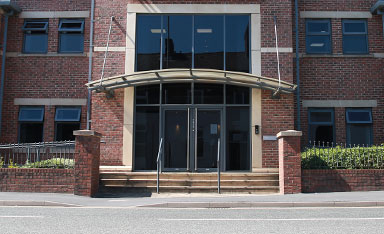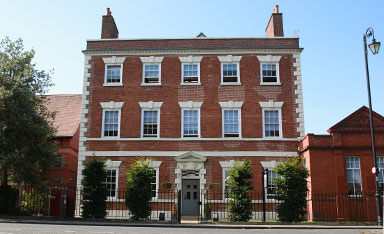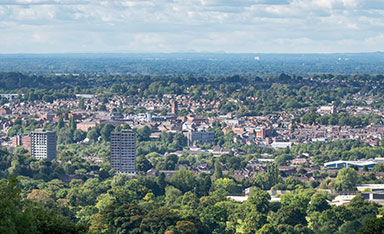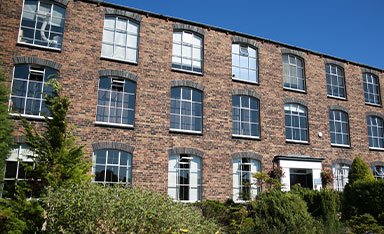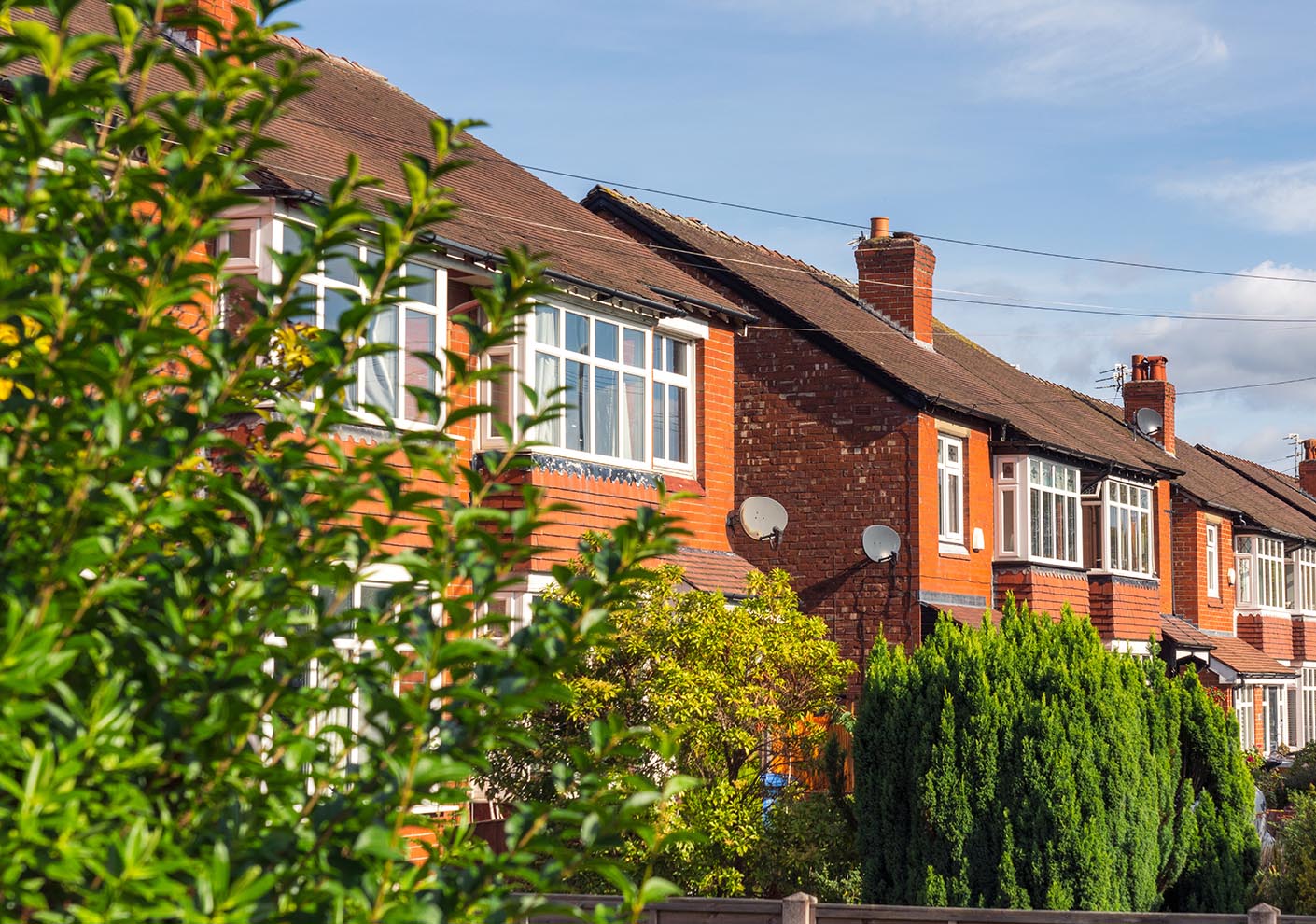What to consider when looking after property in a Trust
- Gas and electrical safety
A trustee should implement legislation relating to landlords. This means that there is an obligation to maintain any fittings, pipework and flues, and to ensure that an annual gas safety check is carried out by a registered Gas Safe Registered engineer.
In comparison to gas safety, there is very little by the way of electrical safety guidance. However, we would recommend to lean on the side of caution and ensure that PAT tests are completed annually and EICRs are completed at least every 5 years.
- Smoke and carbon monoxide alarms
Government regulations were introduced in 2015 and require landlords to install at least one smoke alarm on every storey of the property and a carbon monoxide (CO) alarm in any room containing a solid fuel-burning appliance. As a trustee, it’s advisable that you follow these same regulations and ensure that a smoke alarm is on every floor and a CO alarm is placed in any room containing fuel-burning appliances, e.g. the boiler room / boiler cupboard. A “room’’ includes the hall, landing and bathrooms.
- Fire safety
If any furniture is supplied by the trustee, this should meet fire retardant standards and have a label attached confirming that it meets the required fire safety test. If furniture does not meet this standard, it must be removed.
In terms of the property itself, it is advised to carry out a fire risk assessment annually. The individual beneficiary will have responsibility for ensuring that a fire risk assessment is organised and that steps are taken to minimise the risk of fire. For a trustee, it is wise they keep an eye on the property and the assessments to help minimise the risk of fire.
- Repair and maintenance
The trustee would be responsible for maintaining the property in the Trust. This will involve maintaining the structure and exterior and the fixtures and fittings including pipes, wiring and appliances.
The beneficiary should report any issues directly to the trustee for the trustee to then be liable for lack of repair. Trustees should ensure that they communicate with the beneficiary regularly in relation to the state of repair of the property. Trustees cannot ignore defects as this could lead to injury and ultimately a negligence claim.
- Insurance
It is important that a trustee obtains the appropriate insurance for the property. Either the trustee or beneficiary can arrange cover for the property or the Trust document may refer to whose responsibility it is. However, it is not uncommon for the Trust document to be completely silent on the matter. Overall, it is important that the whole property is insured and generally the property should be insured in the trustee’s name.
- General advice
Trustees generally should err on the side of caution when considering the safety and wellbeing of the beneficiary living in the property. Trustees should ensure that the appropriate safety checks are carried out and that a good channel of communication is maintained with the beneficiary, this will minimise the risk of any liability on behalf of the trustee and ensure risks are kept to a minimum.
For advice on property in a Trust or your responsibilities as a trustee, please contact Helen Kelly in our Trusts team on 0161 475 7685 or helen.kelly@sasdaniels.co.uk.
What to consider when looking after property in a Trust
- Gas and electrical safety
A trustee should implement legislation relating to landlords. This means that there is an obligation to maintain any fittings, pipework and flues, and to ensure that an annual gas safety check is carried out by a registered Gas Safe Registered engineer.
In comparison to gas safety, there is very little by the way of electrical safety guidance. However, we would recommend to lean on the side of caution and ensure that PAT tests are completed annually and EICRs are completed at least every 5 years.
- Smoke and carbon monoxide alarms
Government regulations were introduced in 2015 and require landlords to install at least one smoke alarm on every storey of the property and a carbon monoxide (CO) alarm in any room containing a solid fuel-burning appliance. As a trustee, it’s advisable that you follow these same regulations and ensure that a smoke alarm is on every floor and a CO alarm is placed in any room containing fuel-burning appliances, e.g. the boiler room / boiler cupboard. A “room’’ includes the hall, landing and bathrooms.
- Fire safety
If any furniture is supplied by the trustee, this should meet fire retardant standards and have a label attached confirming that it meets the required fire safety test. If furniture does not meet this standard, it must be removed.
In terms of the property itself, it is advised to carry out a fire risk assessment annually. The individual beneficiary will have responsibility for ensuring that a fire risk assessment is organised and that steps are taken to minimise the risk of fire. For a trustee, it is wise they keep an eye on the property and the assessments to help minimise the risk of fire.
- Repair and maintenance
The trustee would be responsible for maintaining the property in the Trust. This will involve maintaining the structure and exterior and the fixtures and fittings including pipes, wiring and appliances.
The beneficiary should report any issues directly to the trustee for the trustee to then be liable for lack of repair. Trustees should ensure that they communicate with the beneficiary regularly in relation to the state of repair of the property. Trustees cannot ignore defects as this could lead to injury and ultimately a negligence claim.
- Insurance
It is important that a trustee obtains the appropriate insurance for the property. Either the trustee or beneficiary can arrange cover for the property or the Trust document may refer to whose responsibility it is. However, it is not uncommon for the Trust document to be completely silent on the matter. Overall, it is important that the whole property is insured and generally the property should be insured in the trustee’s name.
- General advice
Trustees generally should err on the side of caution when considering the safety and wellbeing of the beneficiary living in the property. Trustees should ensure that the appropriate safety checks are carried out and that a good channel of communication is maintained with the beneficiary, this will minimise the risk of any liability on behalf of the trustee and ensure risks are kept to a minimum.
For advice on property in a Trust or your responsibilities as a trustee, please contact Helen Kelly in our Trusts team on 0161 475 7685 or helen.kelly@sasdaniels.co.uk.
